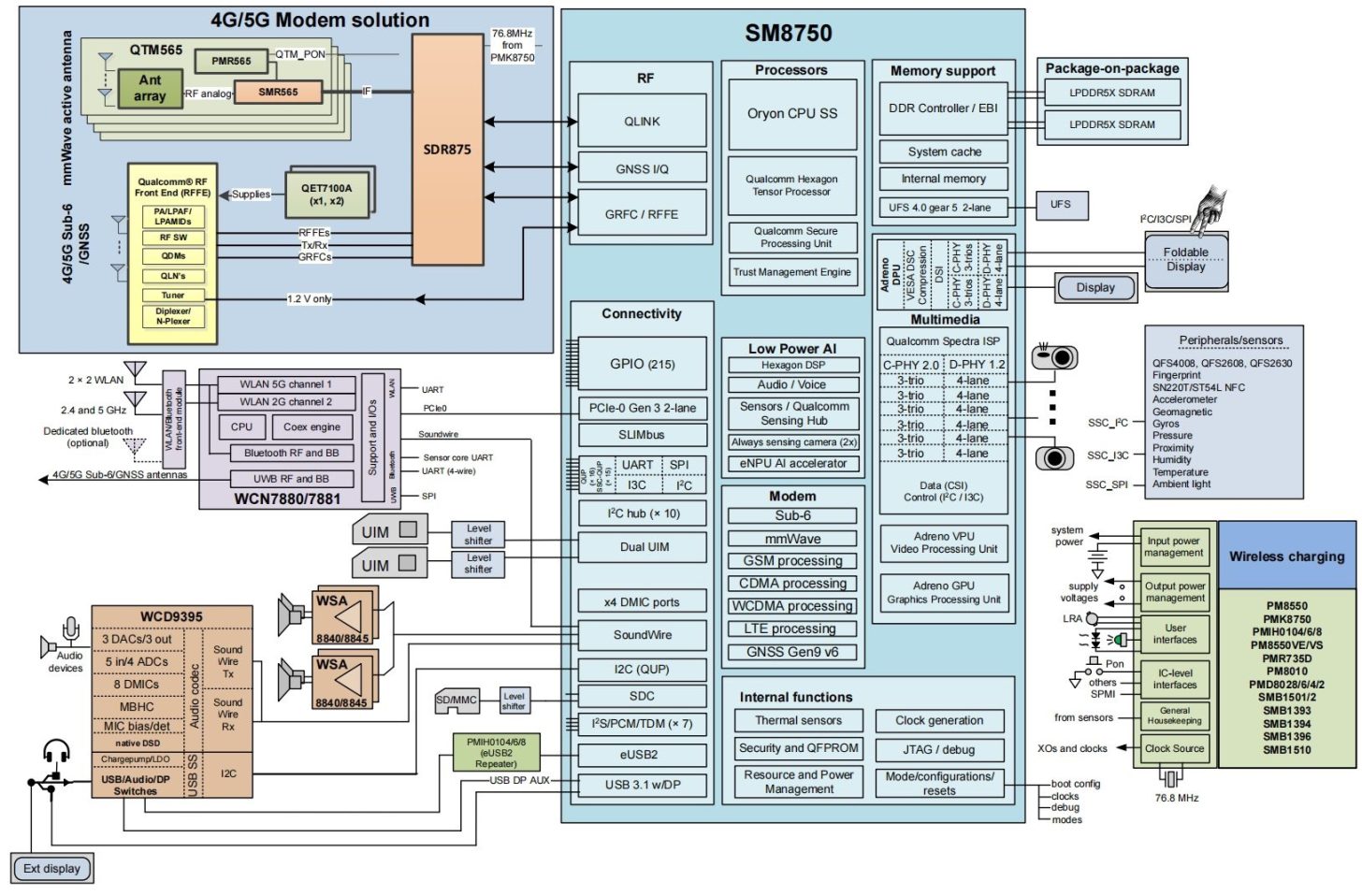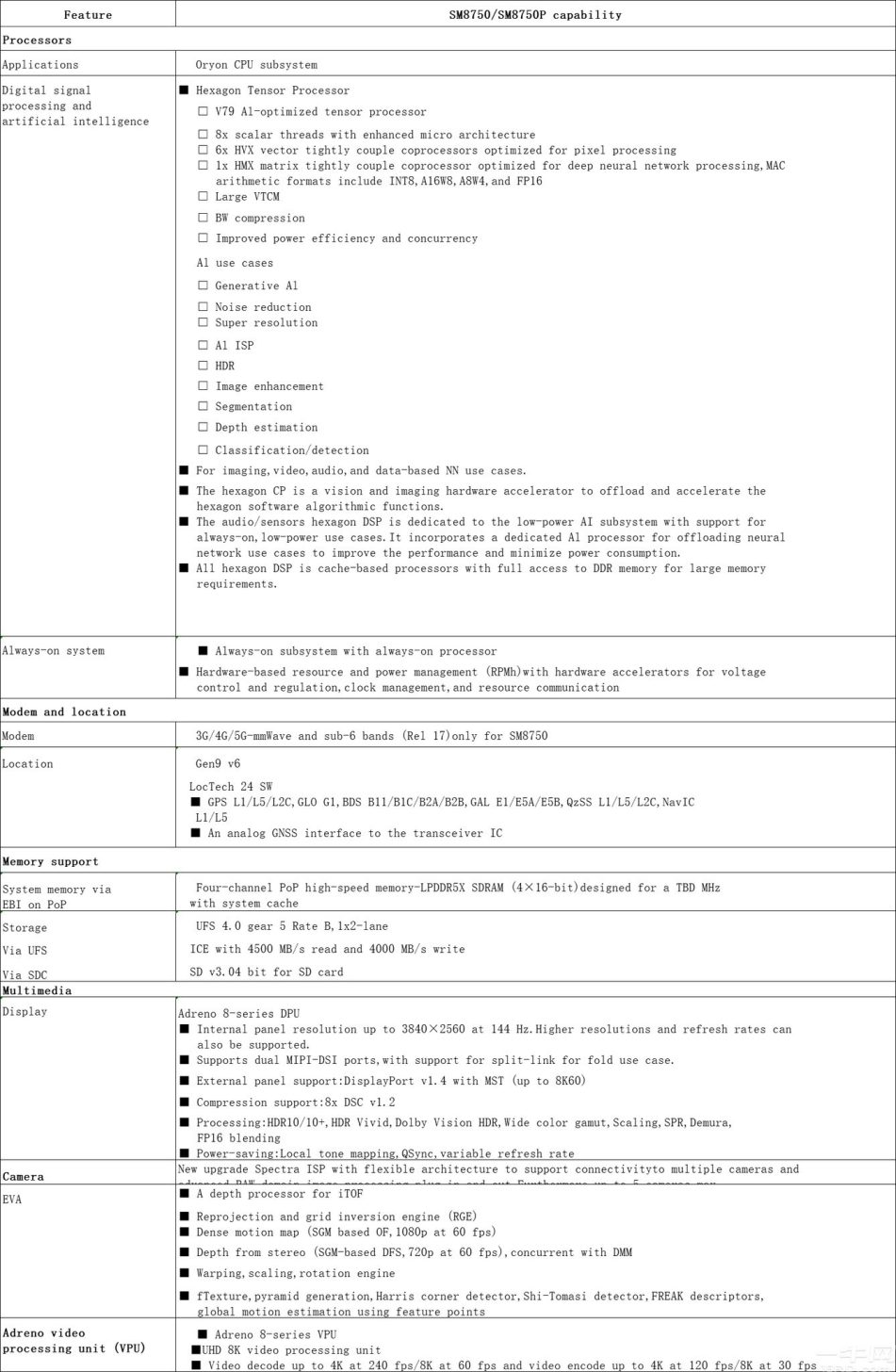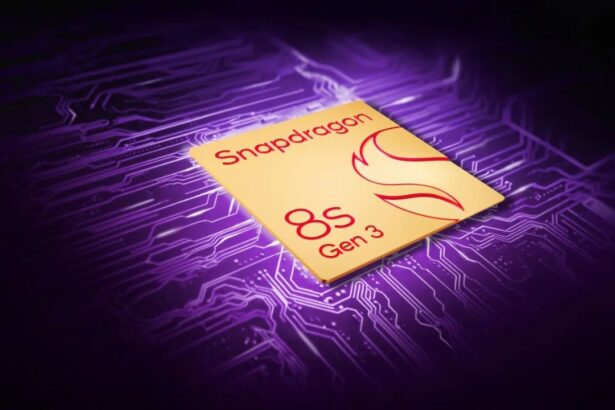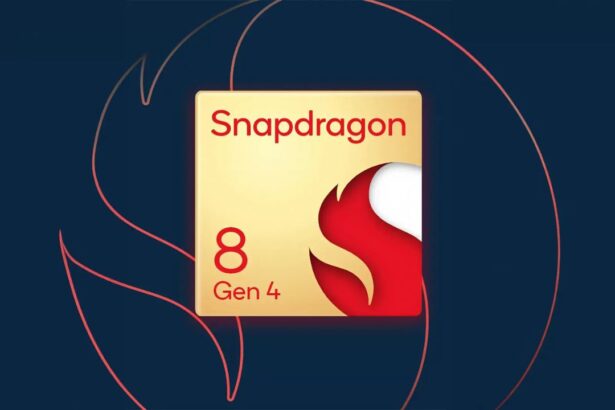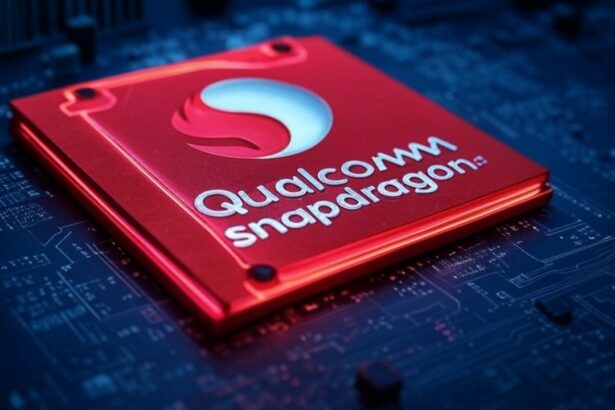- Qualcomm’s Snapdragon 8 Gen 4 features two SoC variants: SM8750 and SM8750P, offering different 5G capabilities.
- Leaks reveal the chip will support LPDDR5X RAM, but no LPDDR6 compatibility, with UFS 4.0 storage for faster speeds.
- Early Geekbench benchmarks show impressive gains thanks to the custom Oryon CPU cores and Adreno 830 GPU.
A series of Snapdragon 8 Gen 4 leak may have revealed a great deal about Qualcomm’s next gen chip, which is creating ripples in the tech world. Although this is still far from the official reveal, these leaks are giving us an indication of what Qualcomm’s next-gen flagship SoC would be carrying forth.
Snapdragon 8 Gen 4 Leak: A Closer Look at Qualcomm’s Next-Gen Chip
The Snapdragon 8 Gen 4 leak promises mobile computing to a new level with sleek new features, such as dual SoC variants, improved graphics, and faster connectivity options. According to the leaked reports, one of the most exciting details is that Qualcomm will release two different Snapdragon 8 Gen 4 models. These are the SM8750 and the SM8750P.
The SM8750 variant will have different capabilities for 5G connectivity. The SM8750 variant will offer the mmWave and sub-6GHz 5G bands for faster and more reliable 5G connectivity. Moreover, having mmWave assures that phones employing this chip will be able to harness ultra-fast 5G speeds when they take it to cities with the technology available.
That would be a very important feature to users who reside in cities or areas with full 5G infrastructure and would have even more advanced connectivity options. Talk about new chips and memory support is sure to be part of the conversation.
The Snapdragon 8 Gen 4 isn’t exempt either. If the leaks are believed, LPDDR5X RAM will be supported by the new chip, which may be disappointing to people who thought LPDDR6 compatibility would be included.
All the spec sheets for the 8G4 have been leaked.https://t.co/ibBsIJ444C
— Jukan (@jukan05) October 6, 2024
While it doesn’t support the latest RAM standard, LPDDR5X still promises different solid performance improvements by providing higher speeds and better energy efficiency. Naturally, the chip will support UFS 4.0 storage, meaning read and write speeds that are pretty fast for better overall device performance. Whether it’s launching apps, transferring data, or improving multitasking, this storage option is set to enhance user experiences significantly.
Another area where Snapdragon 8 Gen 4 stands tall is in graphics performance. Rumors suggest it comes with the Adreno 830 GPU, a huge overtake from its previous iteration. This should support internal panel resolutions of up to 3,840 × 2,560 at 144Hz, accommodating hardware with huge high-resolution displays.
If display manufacturers decide to use this sort of display, it places the Snapdragon 8 Gen 4 squarely into the future of mobile graphics. Gamers, for one, will be set in for some smooth performance and responsive graphics, especially in graphically demanding apps and games.
The real meat of the Snapdragon 8 Gen 4’s upgrades, however, remains in Qualcomm’s custom Oryon CPU cores. The chip itself may not immediately look like it has been overhauled to a monumental degree from its predecessor. Still, these Oryon custom cores are where the real performance upgrades come in.
Early benchmarks — or at least those coming from Geekbench 6 — are starting to hint at some decent returns, showing significant single-core and multicore performance on the OnePlus 13, thanks to the Oryon cores.
Related
These would mean faster, as well as more efficient operations in everyday tasks, and longer battery life because the chip itself manages power better than its predecessors. Qualcomm’s Snapdragon 8 Gen 4 will smash all the walls that separate it from mobile chips.
This chip was all set to deliver top-tier performance, from its dual SoC variants promising improved 5G connectivity to support LPDDR5X RAM and UFS 4.0 storage. The Adreno 830 GPU and custom Oryon CPU cores are bonuses, and early benchmarks show some pretty good improvements in general performance.
While we don’t yet know how manufacturers might use the Snapdragon 8 Gen 4 in handsets, it’s already fairly clear what Qualcomm’s next-generation chip means for mobile performance: a greatly raised bar.

